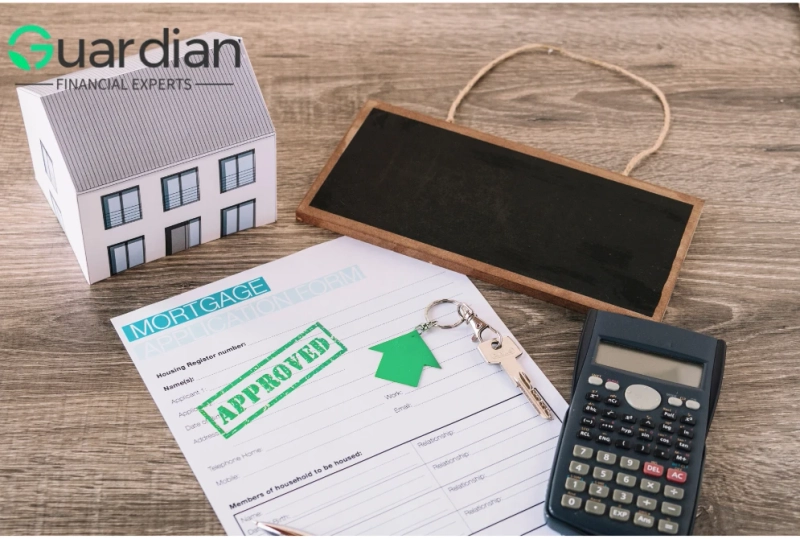Introduction
Managing debt can be stressful, especially when EMIs pile up and recovery calls don’t stop. Many borrowers in such situations turn to loan settlement experts — professionals who understand how banks handle overdue loans and can help you reduce your outstanding dues legally.
In this guide, we’ll walk you through how loan settlement experts negotiate with banks step by step, ensuring you get the best possible settlement while protecting your credit profile and peace of mind.
Step 1: Understanding Your Loan and Financial Situation
The process begins with a detailed financial assessment. A loan settlement expert will first analyze:
- The type of loan (personal, credit card, business, etc.)
- Outstanding balance and interest accrued
- Any legal or recovery notices received
- Your repayment capacity based on income and assets
This helps them determine whether loan settlement or restructuring is the best option for you.
Step 2: Reviewing Your Credit and Legal Status
Before approaching the bank, experts perform a CIBIL and legal review. They check your credit score, loan history, and whether any Section 138 or court cases are filed.
This step is crucial — because settlement negotiations depend heavily on your current standing and the bank’s internal policy for delinquent loans.
Step 3: Preparing a Settlement Proposal
Once the assessment is complete, the expert drafts a strategic settlement proposal.
This includes:
- The justification for why the bank should consider settlement
- Your offer amount (a realistic percentage of the total outstanding)
- A repayment plan or one-time payment offer
Experienced professionals know exactly how to structure these proposals to appeal to the bank’s recovery team.
Step 4: Opening Negotiations with the Bank
This is where the real work begins.
Loan settlement experts reach out directly to the bank’s collection or recovery department and start the negotiation process. They use professional communication, data, and legal knowledge to support your case.
Key negotiation points include:
- Reducing penalties and late fees
- Negotiating principal reduction
- Securing extended payment timelines
The goal is to achieve a “full and final settlement” that both parties can agree on.
Step 5: Getting Written Settlement Confirmation
Once an agreement is reached, the expert ensures that the bank issues a written settlement letter.
This document includes:
- The settled amount
- The due date for payment
- A clause for no further claims
Without this official confirmation, the bank could later deny the settlement — so this step is critical.
Step 6: Coordinating the Payment Process
After approval, the expert guides you through making the payment safely — either as a lump sum or in agreed installments.
They ensure all receipts and transaction proofs are documented properly for future reference.
Step 7: Ensuring Loan Closure and CIBIL Update
The final step is loan closure and CIBIL correction.
Once payment is made, the expert follows up with the bank to issue a No Dues Certificate (NDC) and ensures your CIBIL report reflects “Settled” or “Closed” status.
This protects your financial record and helps you rebuild your credit health over time.
Why Choose a Loan Settlement Expert?
Here’s what sets professionals apart:
- In-depth knowledge of banking and recovery laws
- Ability to negotiate better terms than individuals can on their own
- Protection from harassment by recovery agents
- Legal guidance and complete documentation support
Conclusion
Facing overwhelming debt doesn’t mean you’re out of options. With the right loan settlement expert, you can take control, negotiate confidently, and achieve financial relief legally and strategically.
If you’re struggling with loan pressure, it’s time to talk to a professional.
👉 Contact Guardian Financial Experts — your trusted partner in loan settlement and financial recovery.


